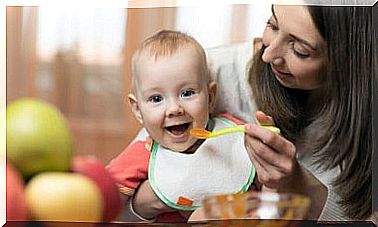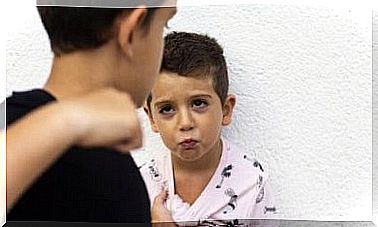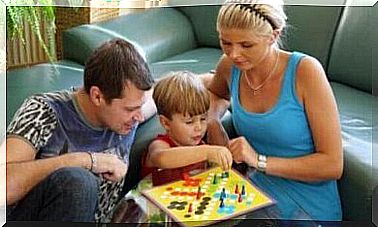6 Simple Ways To Teach Children About Gratitude
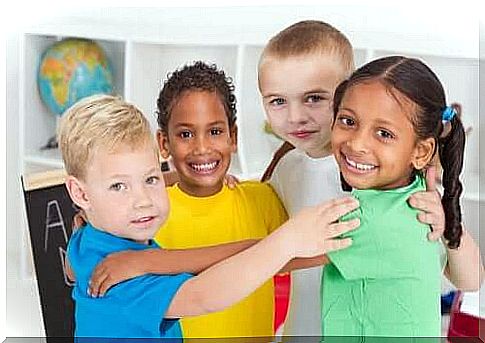
Teaching children about gratitude is essential for them to develop both empathy and respect for others. It is also a key factor for them to learn the value of everything around them. There are lots of strategies that you can use to teach your children about gratitude.
While manners are generally important, it is important to learn to say thank you when promoting the development of other values such as respect, empathy and self-esteem.
In fact, a study reported in the Journal of Happiness Studies showed that gratitude is related to children’s happiness from as early as five years of age. In addition, it has also been linked to other personal and social benefits. Want to know more about it? Discover six ways to cultivate this value!
How can you teach children about gratitude? 6 good tips
Gratitude is considered one of the healthiest feelings for anyone, regardless of age. It not only helps in communication with others – it can also increase life satisfaction, improve self-control, strengthen patience and minimize other negative emotions such as envy and depression.
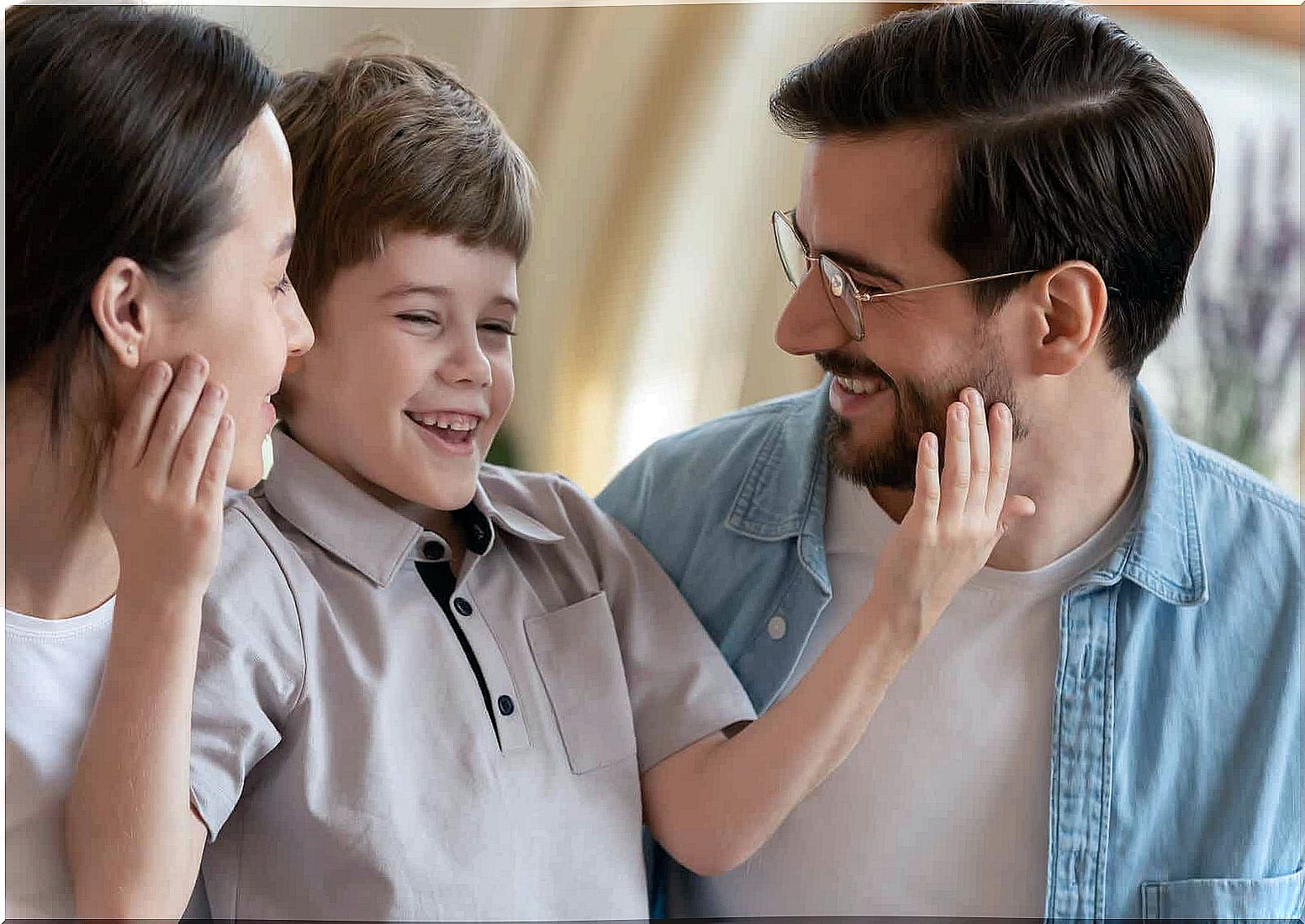
In general, grateful children have an easier time relating to others, and they are usually faced with situations of optimism and coping well with stress. While this feeling may seem innate in us, it must in fact be taught by setting an example and through small but meaningful actions.
1. One can teach children about gratitude by saying thank you with flowers
This gesture is very special for young children. If you encourage your child to say thank you with flowers, you can teach them that the other person deserves special treatment for being kind to them, for sharing something special with them, or just for their friendship.
The idea here is that you expand the concept, gratitude, in your child, and that they learn that they not only need to say thank you for material things, but also for the little kind actions they have received.
At the same time, remind them that when they thank the other person, they should not expect anything in return.
2. A gratitude jar to teach children about gratitude
This simple resource is one of the best of all when it comes to teaching children about gratitude. How does it work? First of all, encourage your child to decorate a jar or a bottle. Then you can both write down the things you are grateful for each day and put them in the jar.
Finally, at the end of the week, spend a few minutes reading all the papers. At that point, take the opportunity to teach them more about gratitude and how they can use it in other ways.
3. A tree of gratitude
The tree of gratitude works in the same way as the idea above. But in this case, you make a tree and place it on a piece of paper or recycled materials. Your child should cut and color the leaves or fruits of the tree. Then they simply write the things they are grateful for on each one.
4. One can teach children about gratitude with thank you cards
Cardboard, colored paper, pencils, stickers. There are endless materials you can give your kids to help them make beautiful thank you cards. The first thing to do is to encourage them to think about the people who helped them and how they did it.
Then you can help them come up with ideas for making their cards. Finally, take them out to hand over their cards!
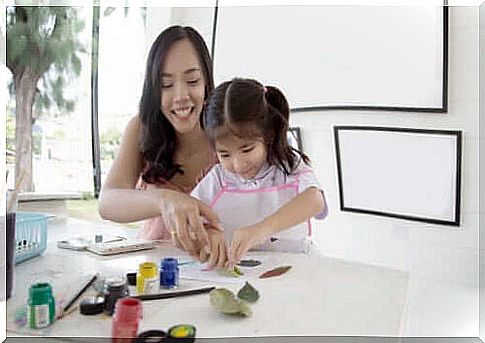
5. Gratitude Diary
If your children can already write, a Thanksgiving diary is ideal for cultivating this feeling. Writing is a very useful activity as it promotes reflection, optimizes the child’s thought process and helps them express their ideas.
As a result, when children document the things they are grateful for, it raises their awareness of how valuable everything they really are is.
6. Reading fables and stories
Many good fables and stories teach children important values, such as respect, empathy, and gratitude. They can communicate positive messages in very exciting ways for your children.
You can find many stories online that you can use to learn about gratitude in a clear and entertaining way.
Do you encourage gratitude in your children?
As you have seen, there are many interesting ways to teach children about gratitude. You can even start using them from their first year of life.
The most important thing here is to teach them consistently, both with actions, words and by setting an example. We can not stress enough that it is one of the most important emotions for a child’s development and well-being.



